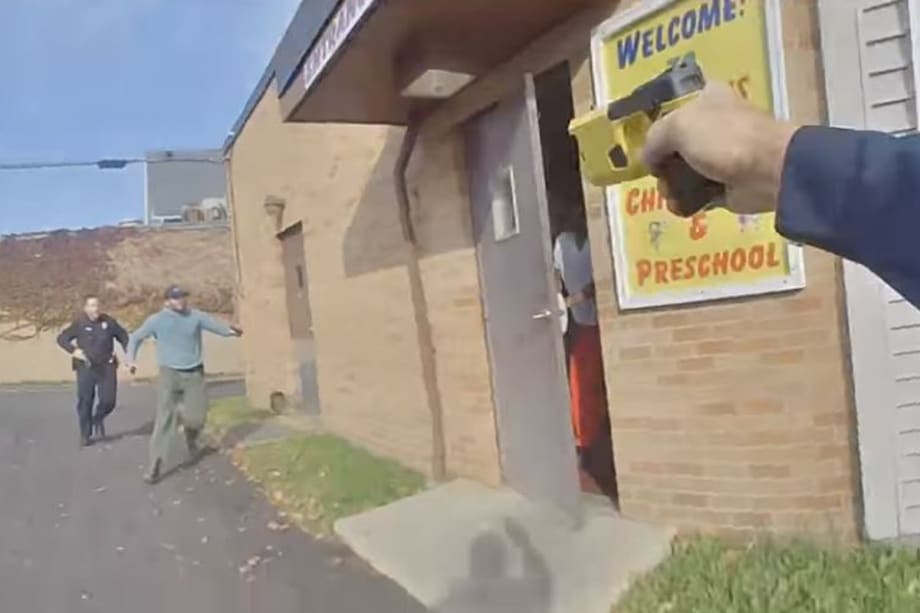2. Consider the terrain and the conditions. Is this an exclusively urban area or can the suspect seek concealment in a wooded area? Is there snow, ice, standing water, sand, mud, or other traction issues that can cause an injury? Remember that darkened backyards offer a wide variety of hazards—vicious dogs, swimming pools, clotheslines, and fixed objects in the ground like sprinkler heads—all of which can cause and unplanned and abrupt end to a pursuit.
3. Be wary of corners, doors, fences, and other points at which an ambush can be laid. As soon as a fleeing suspect darts around a corner, leaps a fence, or enters a doorway and is lost to sight, the danger level increases almost exponentially. Remember to use techniques such as "slicing the pie" and "popping the corner" and whenever possible, never traverse a fence exactly where the suspect did.
4. Have a plan for what happens after the foot pursuit is finished. Make good use of the radio—including description of the suspect, direction of travel, and other pertinent information—to call for backup or set up a perimeter in the event that the suspect suddenly vanishes. Have in mind the verbal commands you're going to need to use even if you're winded from the physical exertion.
5. Finally, be cognizant of your own physical condition. It serves no one to suffer a fatal heart attack while running after an individual—unencumbered by the weight of body armor and a duty belt) who is quite obviously far more fleet of foot that you. Whether or not you're in any way religious, it's useful to bear in mind the King James version of Proverbs 16:18 in which we find the passage, "Pride goeth before destruction, and a haughty spirit before a fall."
Parting Thoughts













